Our Place
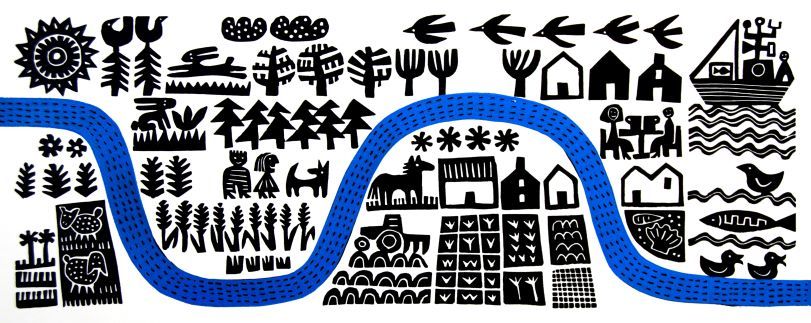
Dreel Halls (home of Anstruther Improvements Association), sits at the mouth of the Dreel Burn, and each Easter Saturday the AIA holds its annual duck race in the burn, attracting local residents and visitors of all ages.
The Dreel Burn is also the principal stream of the East Neuk of Fife; it is 11.8km in length and is tidal at its lowest reaches alongside Dreel Halls in Anstruther. It carries water from the watershed out to the Forth Estuary: its beaches, and shellfish and fishing grounds.
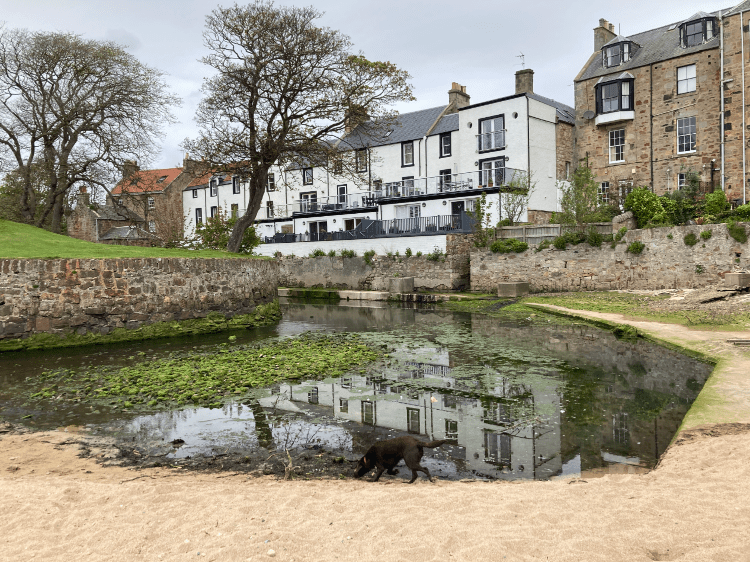
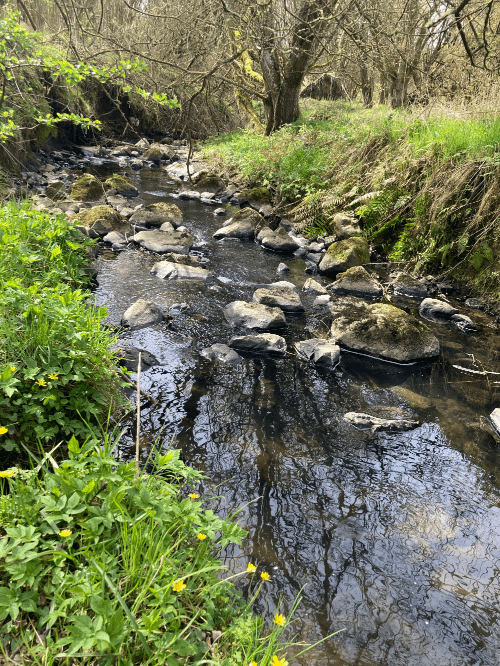
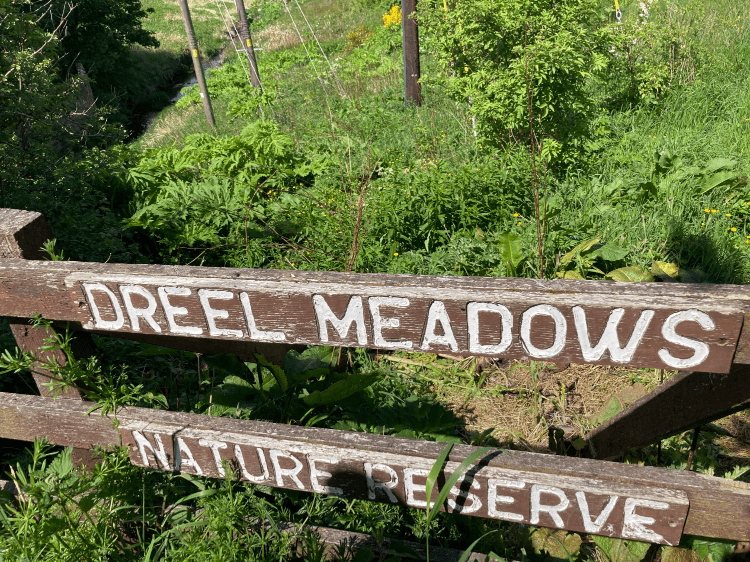
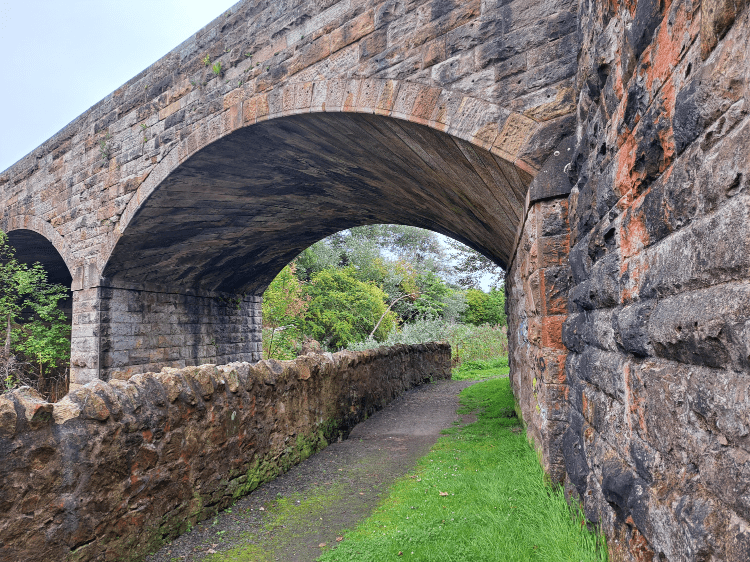
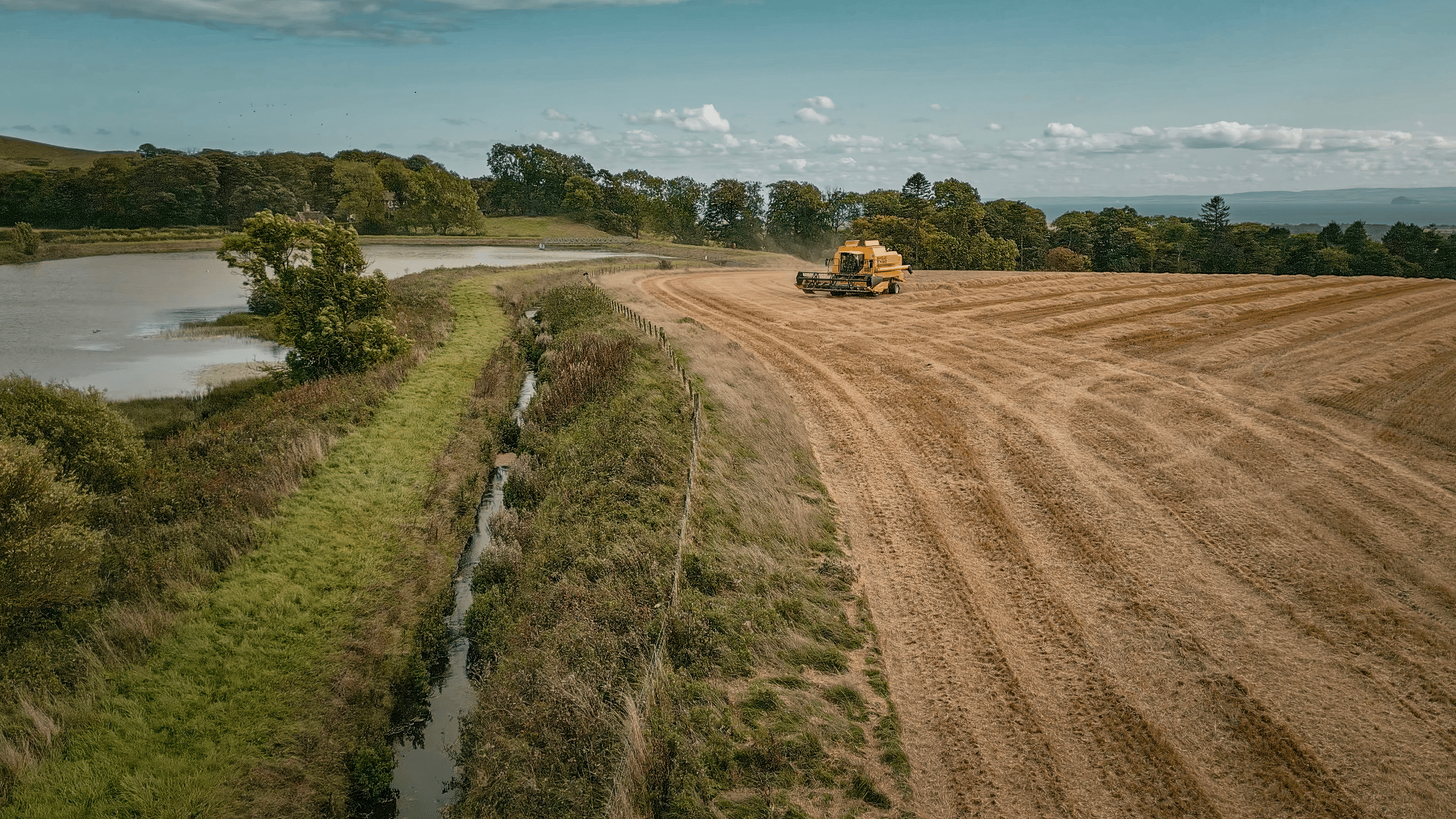
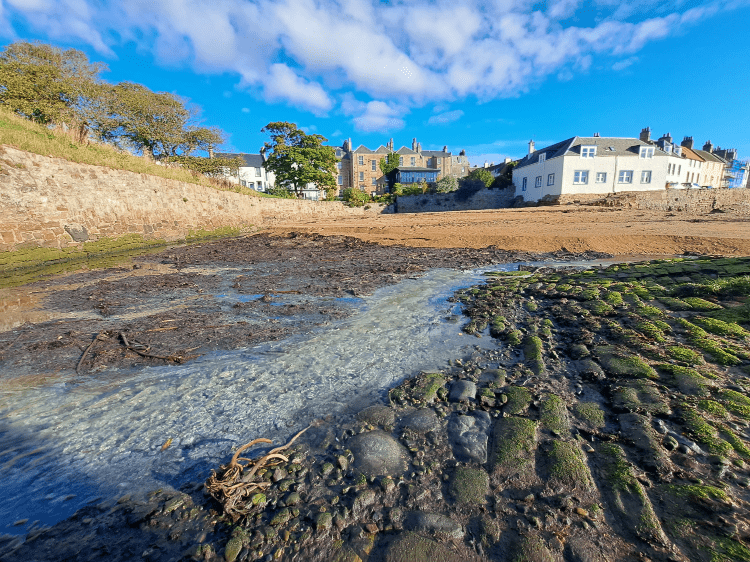
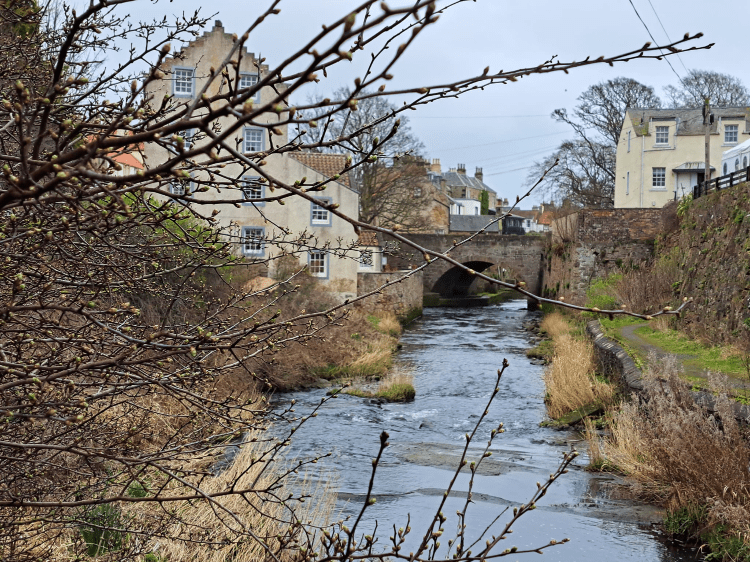
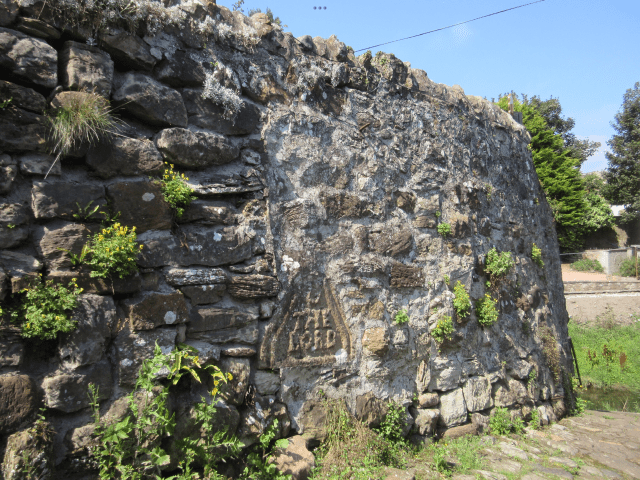
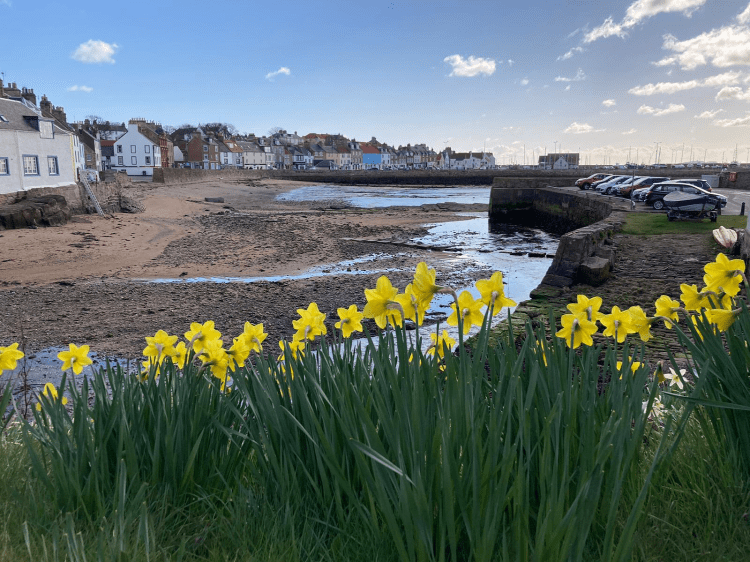
The Dreel Burn was once renowned for its kingfishers, its little fish and as the silver thread which binds the beggar’s mantle to the golden fringe of the East Neuk coast. Over the years the water quality has deteriorated, its biodiversity diminished, and the silver thread has become at times a brown and nearly lifeless ditch.
Identifying the problem
Until recently, the Dreel Burn catchment area had not been monitored or studied with detailed analysis.
A Dreel Burn walkover in August 2019 identified and documented initial areas of concern along its length: discolouration, septic tank issues, major barriers to fish passages, culverted ford crossings, sediment sources and deposits, source point pollution, abstraction, soil and nutrient runoff, invasive plant species, landfill leaching.
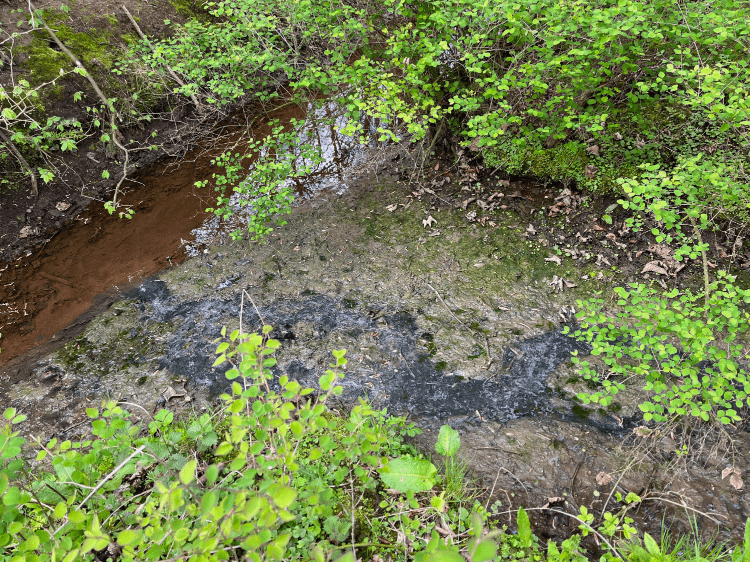
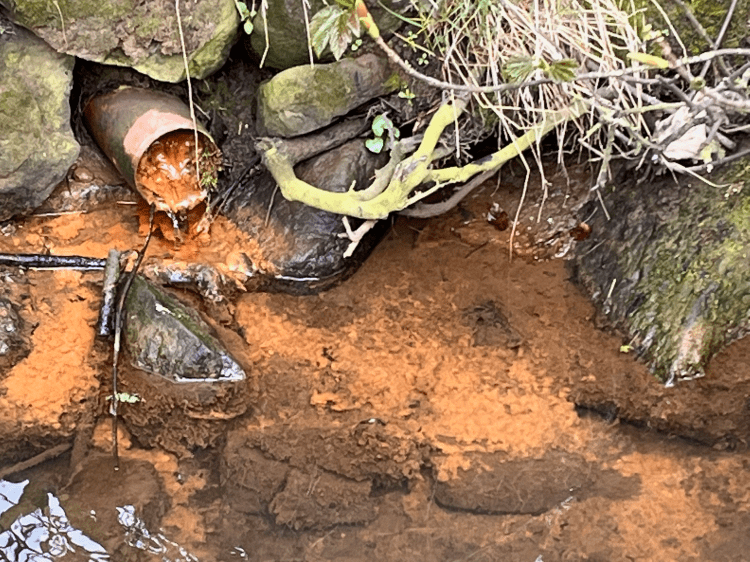
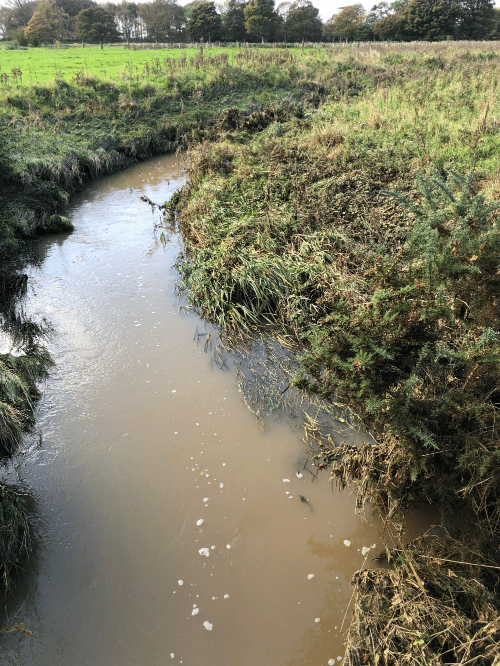
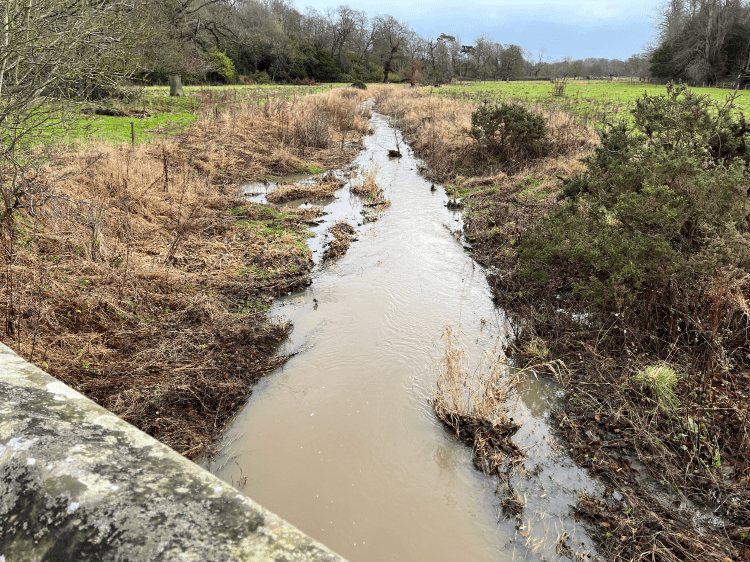
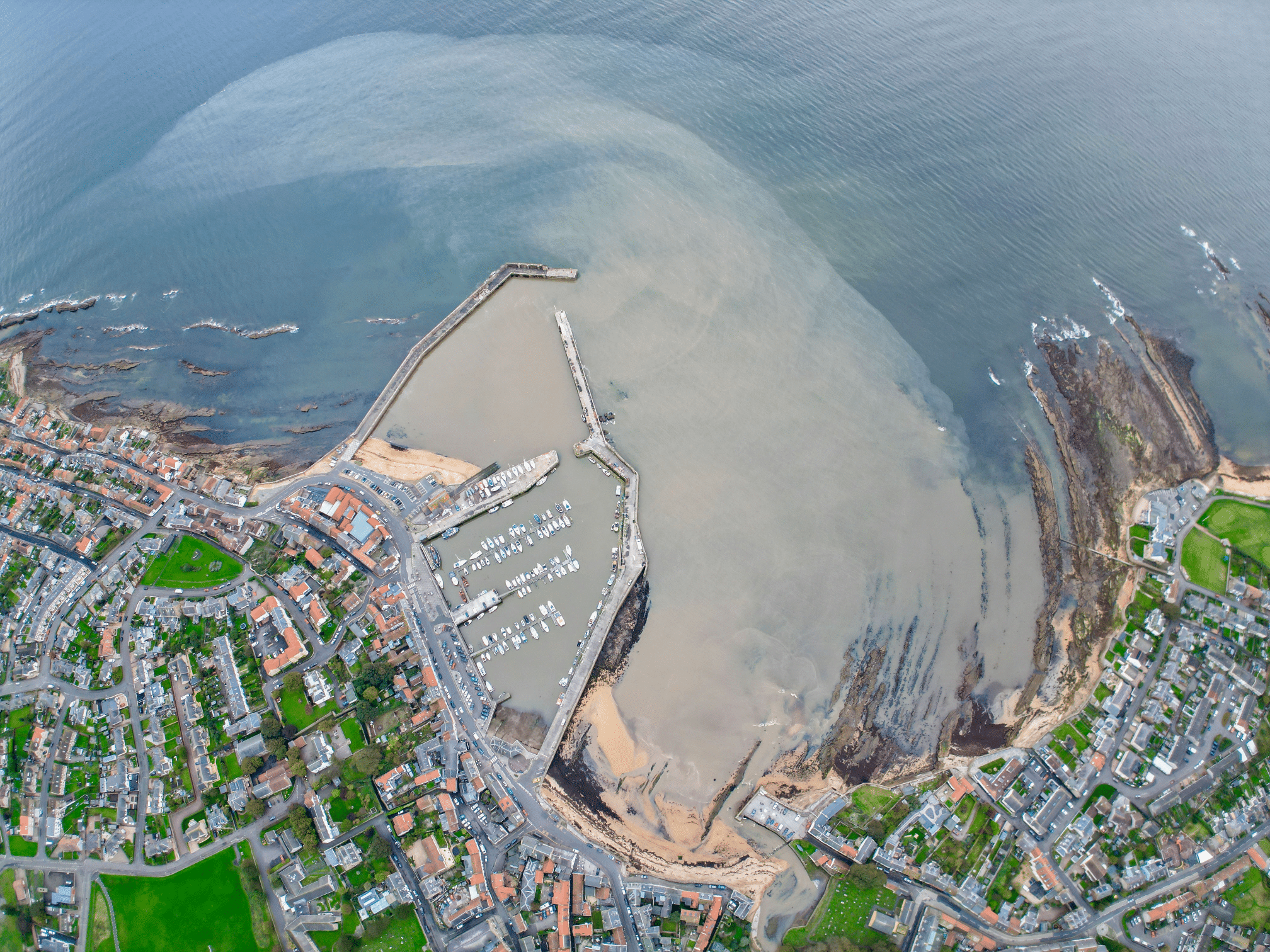
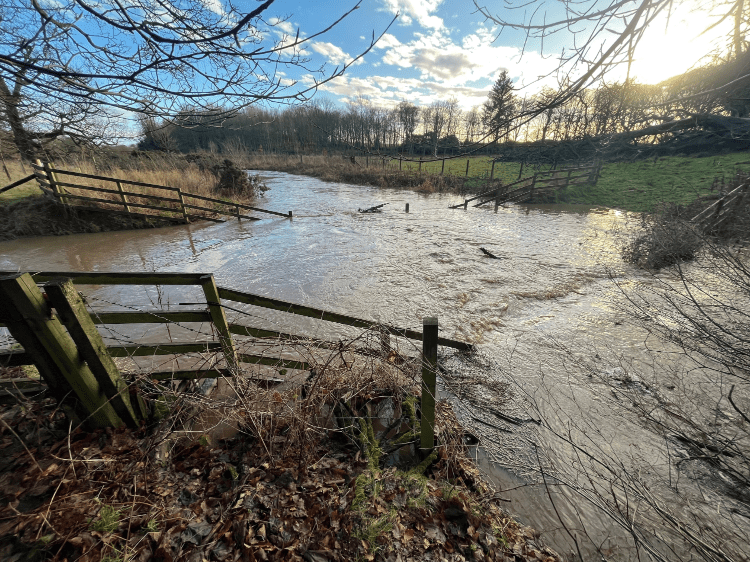
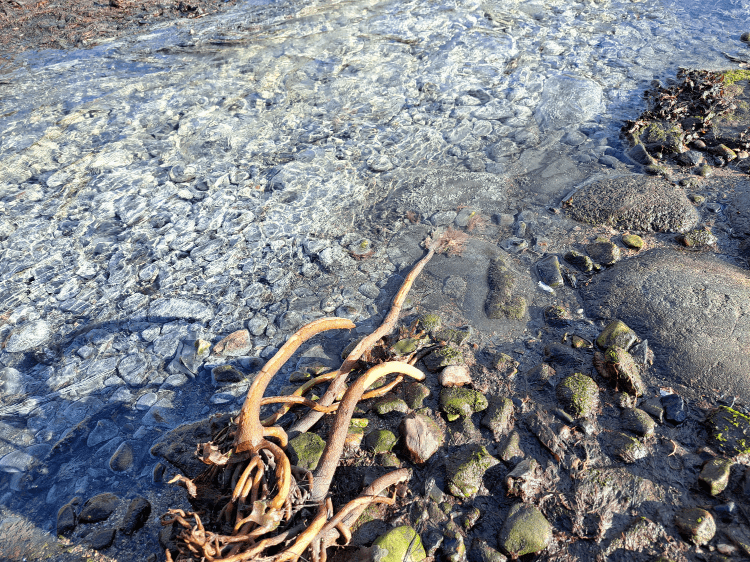
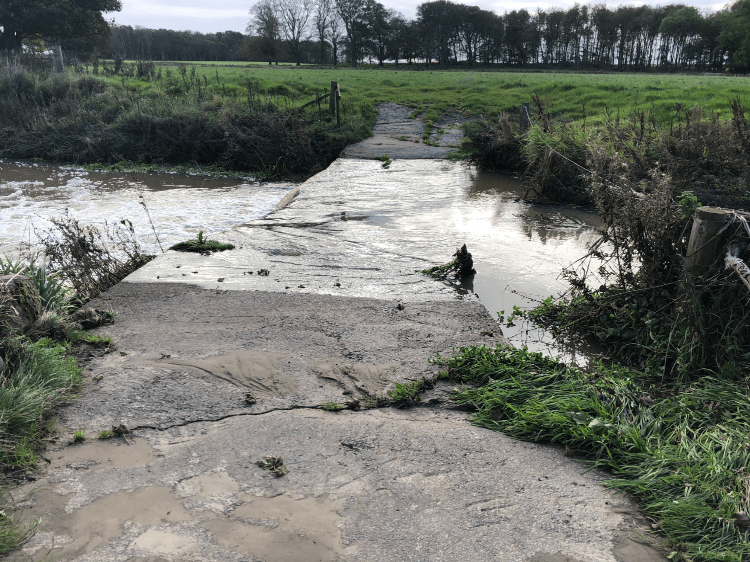
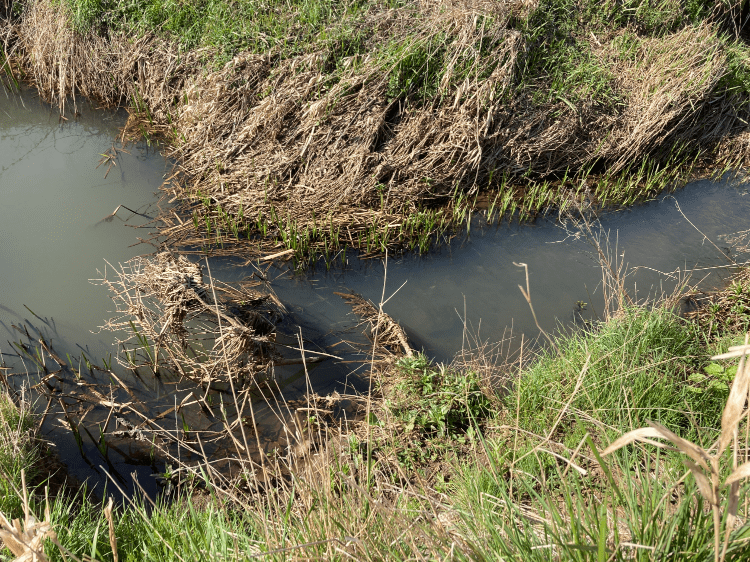
State of the Dreel Burn
After medium and heavy rain the burn flows with silt run-off, depleting the catchment farmland, damaging the important coastal shellfish breeding grounds and affecting the bathing quality of the sea. Local residents avoid the mouth of the Burn at Castle Beach for leisure activity as it is perceived as polluted and hazardous to public health. In July 2022 an investigative report was produced by Ewan Malecki of Forth Rivers Trust, highlighting some of the issues the project aims to tackle.
The report can be viewed here with a story map version here.
Developing the solution
Community-led efforts, with support from Forth Rivers Trust, have identified a range of practical steps and actions to address some of these shared challenges.
Activity is already taking place to initiate the nature-positive restoration of the Dreel Burn.
However, solving many of these shared challenges involves both changes in the landscape and maintenance regimes that cannot be secured by the local community alone.
Therefore a broad collaboration of stakeholder partners has been brought together, united by a vision, to provide long-term sustainable stewardship of the Dreel Burn.
